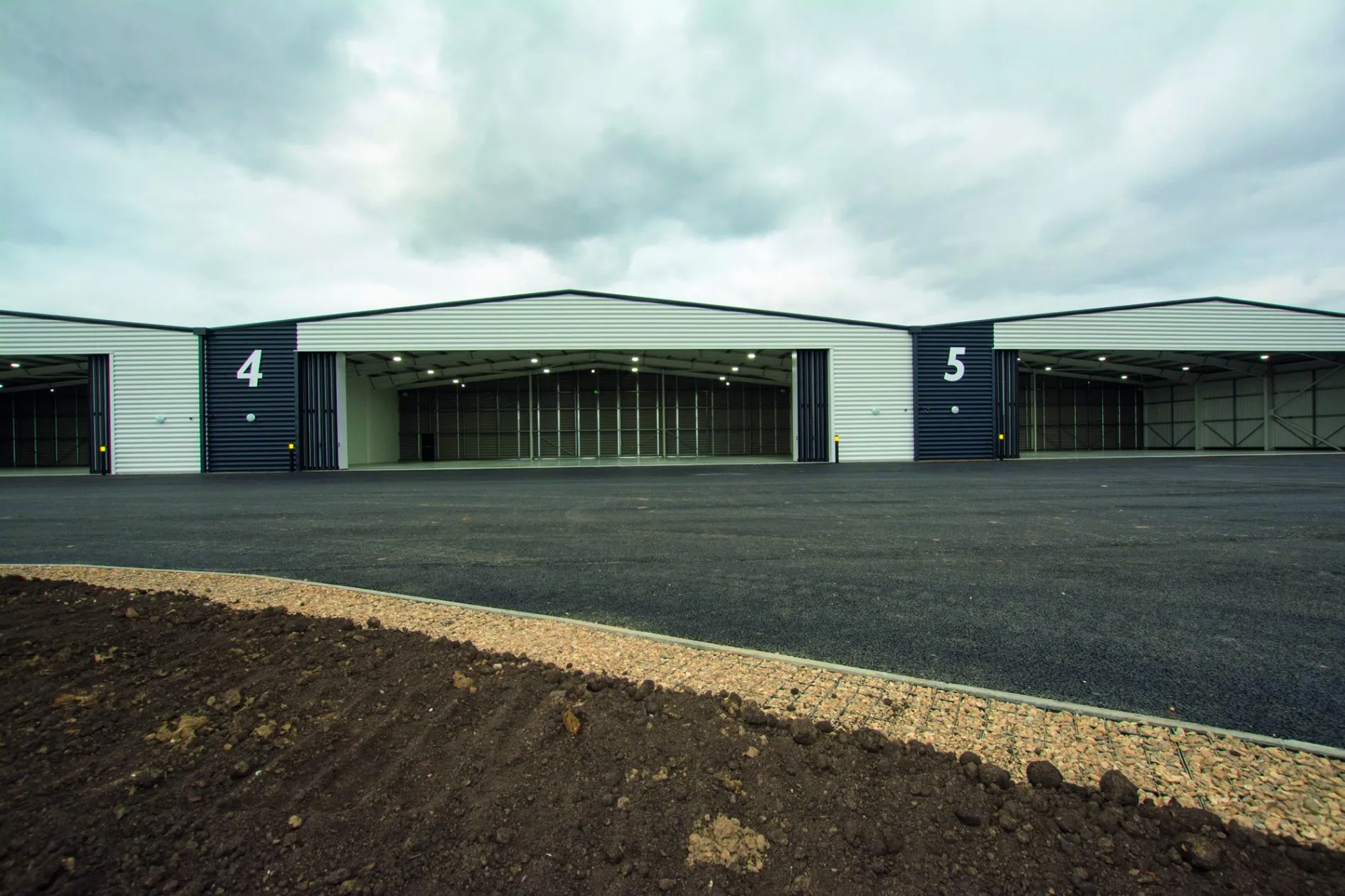- Afrikaans
- Albanian
- Amharic
- Arabic
- Armenian
- Azerbaijani
- Basque
- Belarusian
- Bengali
- Bosnian
- Bulgarian
- Catalan
- Cebuano
- Corsican
- Croatian
- Czech
- Danish
- Dutch
- English
- Esperanto
- Estonian
- Finnish
- French
- Frisian
- Galician
- Georgian
- German
- Greek
- Gujarati
- Haitian Creole
- hausa
- hawaiian
- Hebrew
- Hindi
- Miao
- Hungarian
- Icelandic
- igbo
- Indonesian
- irish
- Italian
- Japanese
- Javanese
- Kannada
- kazakh
- Khmer
- Rwandese
- Korean
- Kurdish
- Kyrgyz
- Lao
- Latin
- Latvian
- Lithuanian
- Luxembourgish
- Macedonian
- Malgashi
- Malay
- Malayalam
- Maltese
- Maori
- Marathi
- Mongolian
- Myanmar
- Nepali
- Norwegian
- Norwegian
- Occitan
- Pashto
- Persian
- Polish
- Portuguese
- Punjabi
- Romanian
- Russian
- Samoan
- Scottish Gaelic
- Serbian
- Sesotho
- Shona
- Sindhi
- Sinhala
- Slovak
- Slovenian
- Somali
- Spanish
- Sundanese
- Swahili
- Swedish
- Tagalog
- Tajik
- Tamil
- Tatar
- Telugu
- Thai
- Turkish
- Turkmen
- Ukrainian
- Urdu
- Uighur
- Uzbek
- Vietnamese
- Welsh
- Bantu
- Yiddish
- Yoruba
- Zulu
Nov . 07, 2024 20:20 Back to list
Steel Design in Building Construction
Steel has long been a fundamental material in construction, celebrated for its strength, durability, and versatility. The use of steel in building design revolutionizes architectural possibilities and structural integrity, cementing its role as a favored choice for modern constructions. The principles of steel design and its applications are critical for architects, engineers, and builders seeking to produce functional and aesthetically pleasing structures.
One of the most significant advantages of steel is its high strength-to-weight ratio. This characteristic allows designers to create larger open spaces without the need for excessive supports. In commercial buildings, for instance, open floor plans enable flexibility in space usage. Developers can more easily modify the interior of buildings over time without major renovations, increasing the structure's functionality and longevity. This adaptability is vital in contemporary urban environments where the demand for space is ever-growing.
Steel Design in Building Construction
Aesthetics play a pivotal role in today’s architectural design. Steel's versatility allows it to be used in various styles, from the sleek, modernist lines of contemporary buildings to the intricate metalwork of neo-Gothic designs. Architects can use exposed steel elements to emphasize structural beauty while ensuring the integrity of the design. This trend of showcasing structural components has seen a rise in the popularity of industrial-style architecture in urban centers, where the rawness of steel conveys a sense of authenticity and character.
steel design building

Sustainability is increasingly becoming a core consideration in construction design. Steel is a highly recyclable material, capable of retaining its properties when reprocessed. This potential for recycling significantly minimizes waste and reduces the environmental impact of construction. When combined with sustainable practices in building design—for example, through the integration of green roofs or solar panels—steel structures can contribute to energy efficiency and reduced carbon footprints. As societies around the world strive to combat climate change, the role of sustainable materials, including steel, has become more important than ever.
The design process of steel structures entails careful consideration of factors such as load-bearing capacity, beam and column placement, and connection details. Engineers use specialized software for structural analysis, allowing them to simulate real-world stresses on the building. These simulations help ensure that the structure will perform as intended throughout its lifespan. The use of sophisticated design tools ensures safety, efficiency, and compliance with building codes.
In addition, the construction of steel buildings often follows a quicker timeline, allowing for faster project completion compared to traditional materials like concrete. Prefabrication techniques have become common, wherein sections of the building are constructed offsite and then assembled onsite. This method not only speeds up the construction process but also minimizes site disruption, a factor that is particularly important in densely populated urban areas.
As technology continues to evolve, so does the potential for steel in building design. Innovations such as advanced welding techniques, improved fabrication processes, and the integration of smart technology in buildings are enhancing both the performance and functionality of steel structures. Future developments may also encompass the use of smart materials that can adapt to environmental changes or enhance structural efficiency.
In conclusion, steel design in building construction represents a dynamic field that intersects functionality, aesthetics, sustainability, and technological advancement. With its numerous advantages, steel remains a premier choice for architects and building engineers tasked with creating the next generation of structures. As we move further into the 21st century, the role of steel in construction will undoubtedly expand, leading to more innovative and resilient buildings that meet the challenges of modern society.
-
How Do Prefabricated Steel Structures Transform Modern Construction?
NewsJul.14,2025
-
How Do Prefabricated Metal Buildings Redefine Modern Construction?
NewsJul.14,2025
-
How Do Prefab Insulated Metal Buildings and Steel Structures Revolutionize Modern Construction?
NewsJul.14,2025
-
How Do Pre - Engineered Steel Structures Redefine Modern Construction?
NewsJul.14,2025
-
Advancing Modular Construction with Prefabricated Metal Structures
NewsJul.14,2025
-
Advancing Industrial Infrastructure with Prefabricated Steel Solutions
NewsJul.14,2025
Products categories
Our Latest News
We have a professional design team and an excellent production and construction team.












